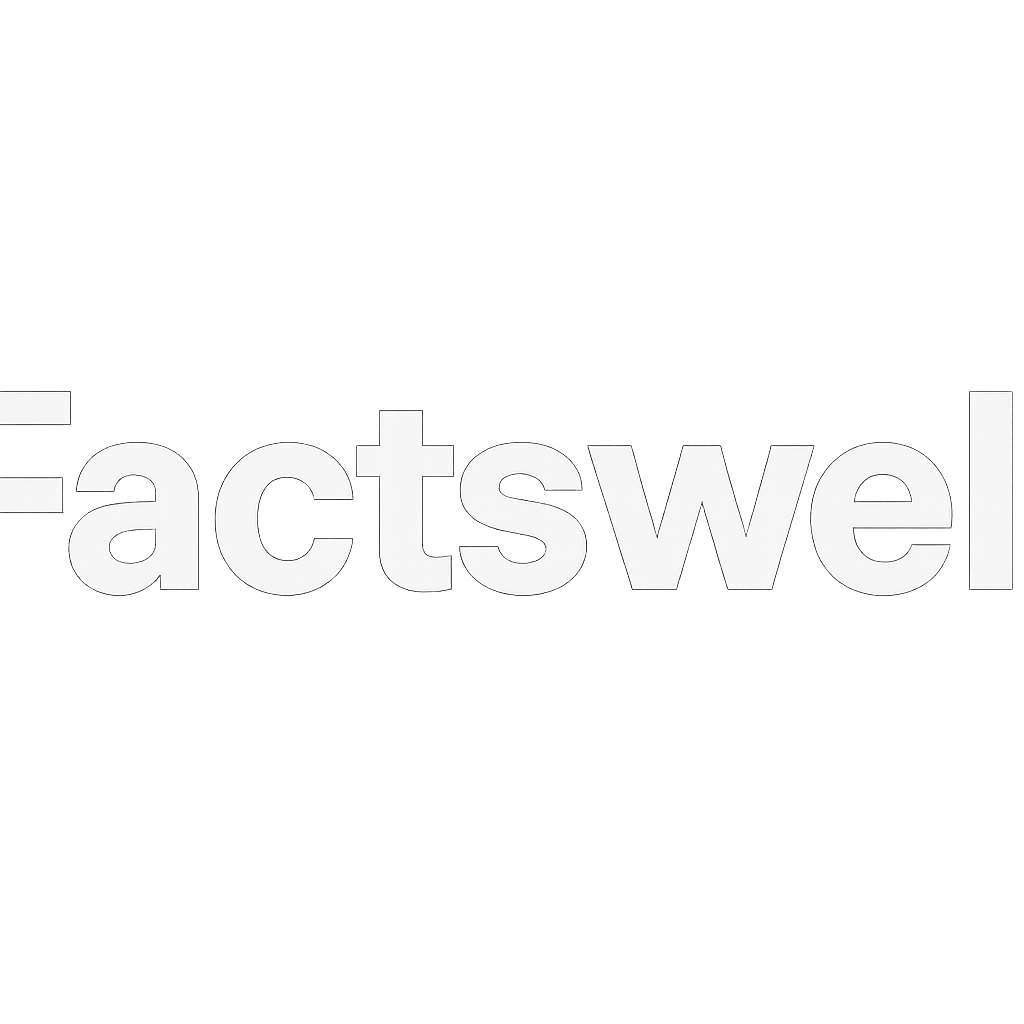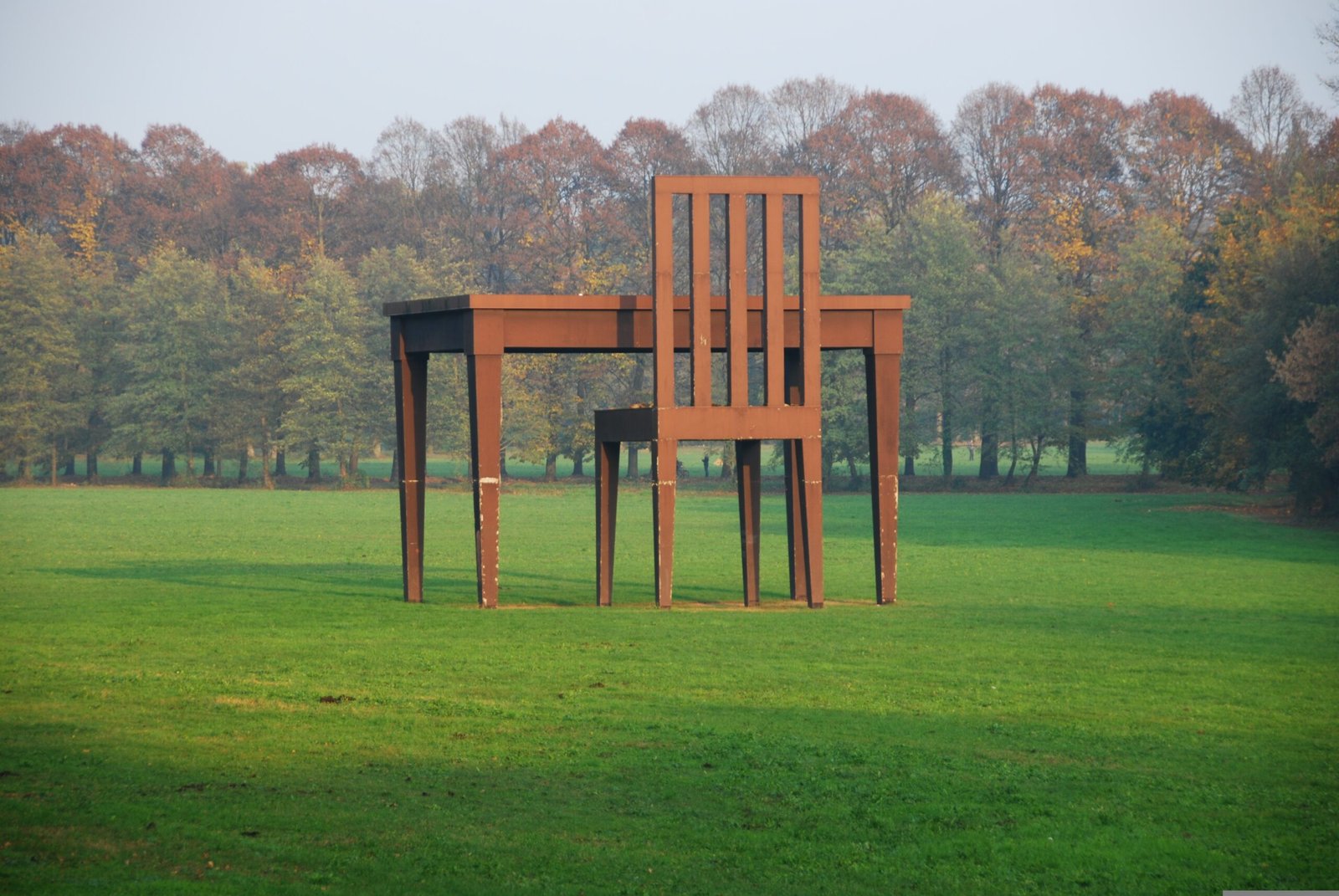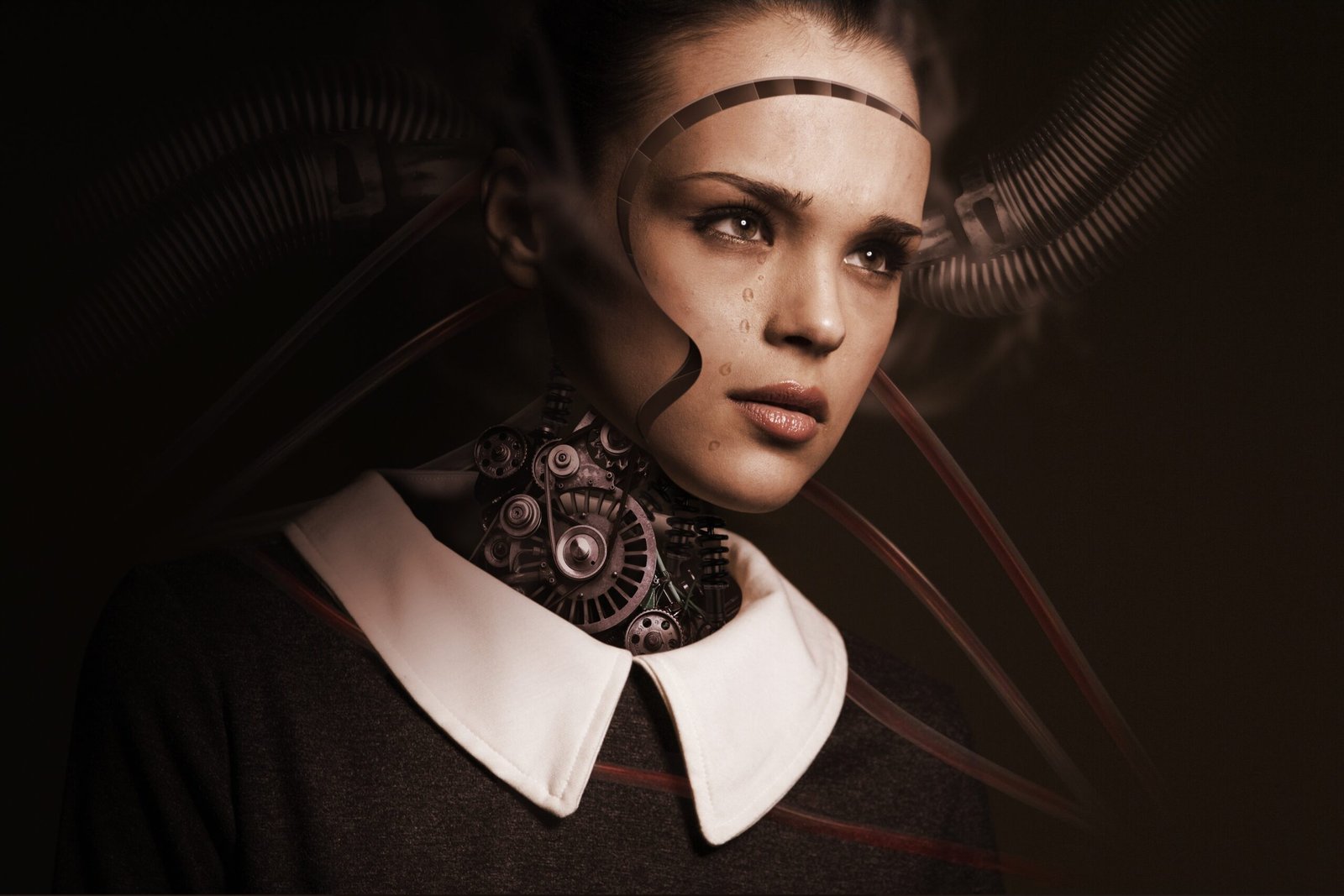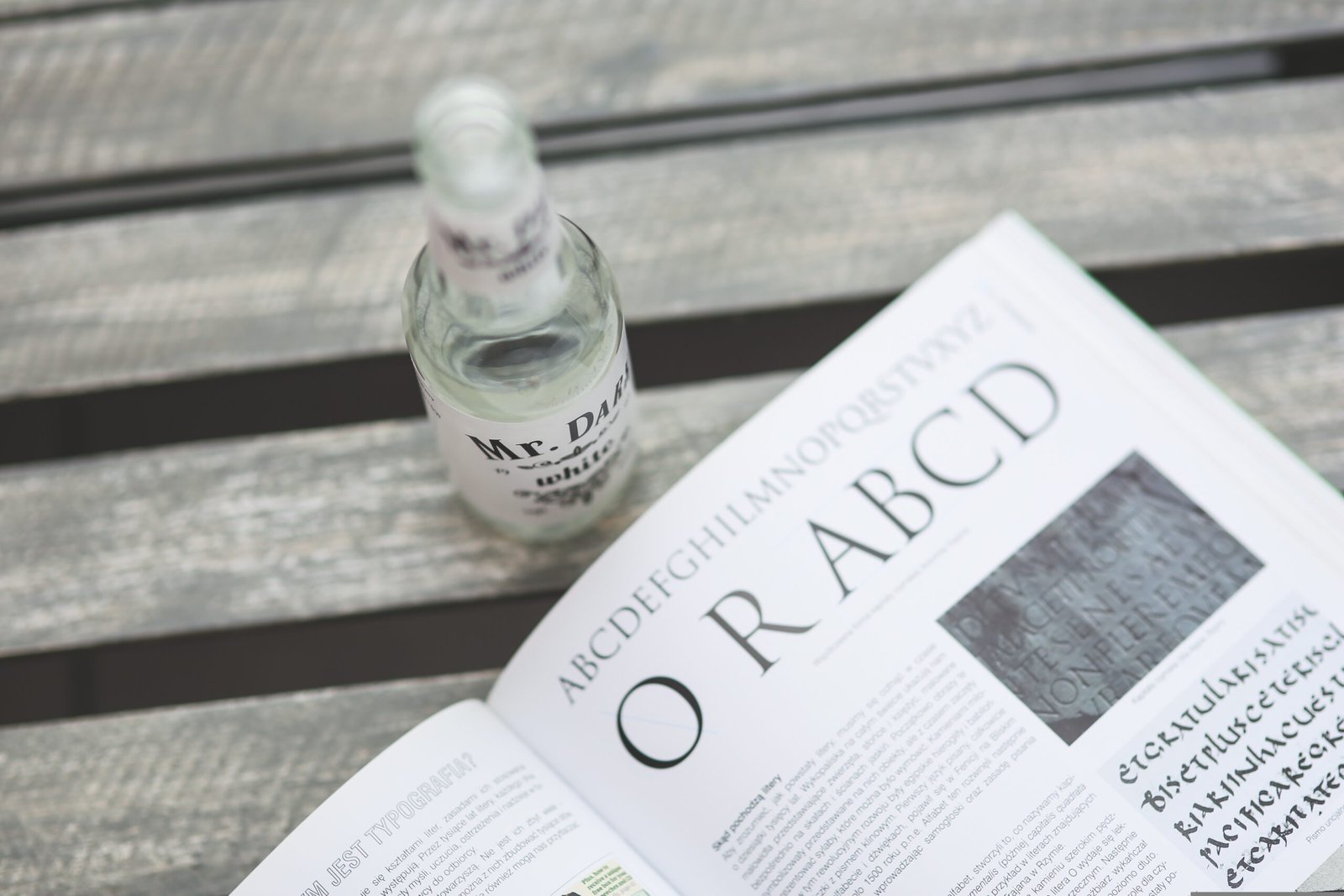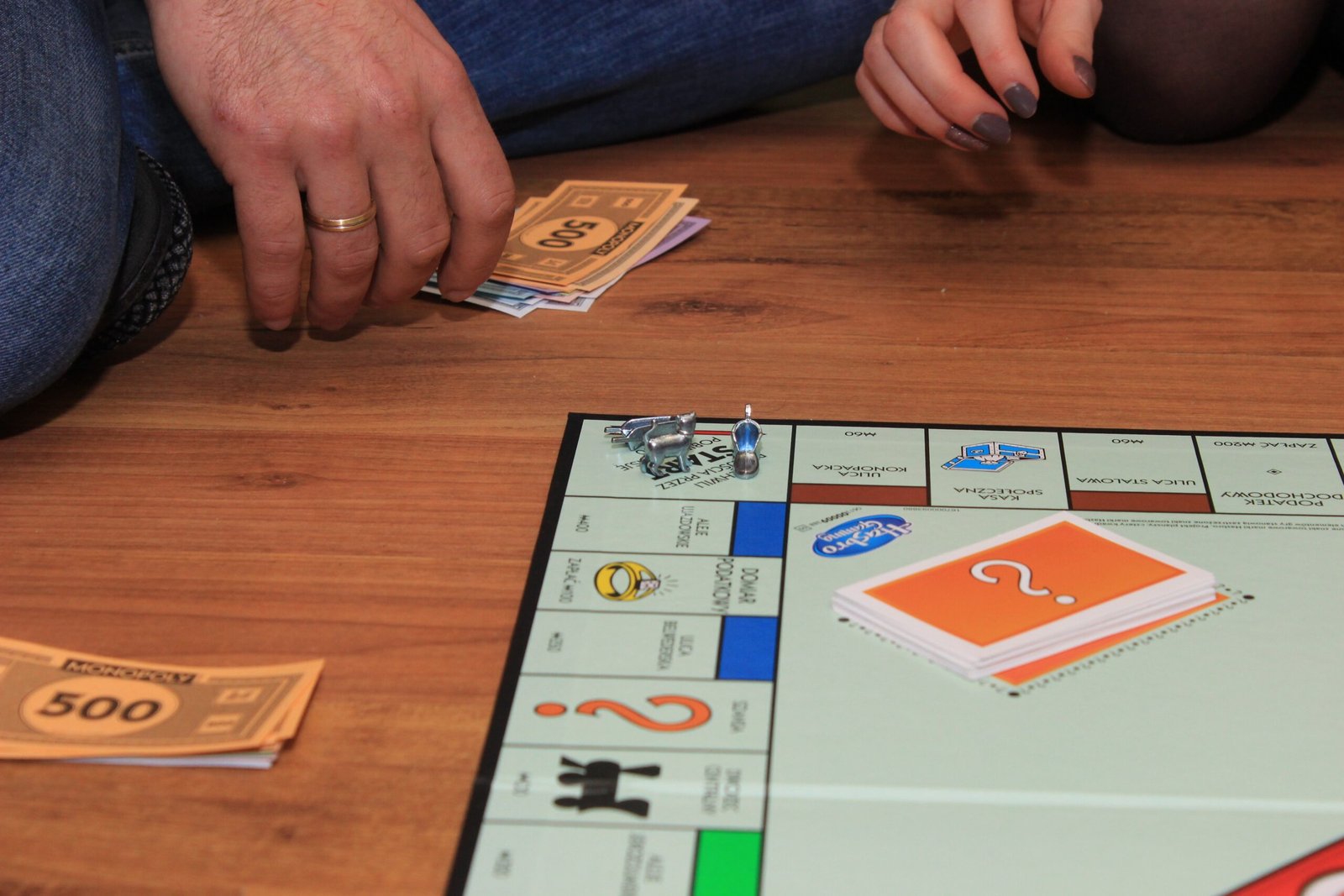Ever wondered why you always leave IKEA with more than you planned? Discover the subtle psychological tricks and clever store design IKEA uses to boost spending without you even realizing it.
How IKEA Tricks You Into Spending More Without Realizing It
Walk into IKEA for a simple shelf, and somehow, you walk out with a cart full of scented candles, throw pillows, dish sets, and maybe even a plant named Fjödril.
Sound familiar?
You are not alone and it is not just impulsive shopping.
It is psychology, strategy, and intentional design.
Let us explore how IKEA masterfully gets you to spend more, all while making you feel like you are in control.
The Genius of the “IKEA Effect”
IKEA doesn’t just sell furniture. It sells experiences, decisions, and a sense of ownership.
Psychologists even coined a term: The IKEA Effect a cognitive bias where people overvalue something they built themselves.
That $29 side table? It feels like a $100 investment once you’ve spent an hour assembling it with an Allen key.
1. The Maze-Like Store Layout
Have you ever tried to walk into IKEA, grab one thing, and leave?
Impossible.
That is because the layout is designed like a maze. Once you enter, you are subtly forced to follow a fixed path winding through over 40 decorated showrooms before you ever reach the warehouse.
This setup:
Prevents quick exits
Exposes you to hundreds of products
Encourages impulse buying
(That $3 lamp wasn’t on your list… until you saw it styled in a cozy corner.)
2. The Power of Micro-Showrooms
Each mock-up space in IKEA is a psychological trigger.
You are not just seeing furniture you are stepping into a lifestyle fantasy.
That perfectly styled studio apartment? It tricks your brain into thinking, “If I buy these items, my life will look like this too.”
This emotional manipulation isn’t accidental it is called “aspirational design.”
3. Decoy Pricing and Bundle Illusions
Ever notice that IKEA offers ultra-cheap basic items like the LACK table for $12, right next to mid-range options?
This is decoy pricing it makes the more expensive item seem more reasonable by comparison.
They also use bundle psychology:
A rug, a lamp, a chair, a table all shown together.
You didn’t need a rug… until it “completed” the look.
And now, you are spending more without realizing the upsell.
4. The Famous Food Court Trap
IKEA’s food court isn’t just a perk it is a strategy.
Cheap, familiar food (hello, meatballs!) makes the store feel warm and family-friendly.
Eating mid-trip refreshes your energy, so you are more likely to continue shopping rather than leave early.
Plus, studies show that eating triggers dopamine, making you feel better and buy more.
It is not an accident it is neuroscience.
5. Flat-Packed = Value Illusion
You are not paying for a fully built chair you are paying for parts and the privilege of building it yourself.
This “DIY” approach reduces labor costs for them, but increases perceived value for you.
“I built it, it must be worth more.”
That’s the IKEA Effect in full swing.
6. Scarcity & Name Psychology
Ever noticed the oddly hard-to-pronounce Swedish names?
They make items feel exotic and exclusive.
Limited-time seasonal products (like those during Christmas or summer) create scarcity a known trigger for fear of missing out (FOMO).
Even a $1.50 tea towel becomes irresistible when it is “only available this season.”
7. Psychological Pricing
IKEA uses prices like ₦1,999 instead of ₦2,000 and your brain reads this as significantly cheaper, even though it is just ₦1 less.
Combined with product tags that say “Best Value” or “New Lower Price,” your brain is tricked into thinking you’re saving money, even while you’re spending more.
The Takeaway: Smart, Subtle Spending Control
IKEA’s design isn’t manipulative by accident it is brilliant behavioral economics.
They use:
Controlled store flow
Emotional showroom staging
Cognitive pricing tactics
Food as a psychological refresh
DIY product value bias
All to make you feel smart for spending more.
So the next time you enter IKEA for “just a desk,” remind yourself:
You are not in a furniture store you are in a psychological playground.
